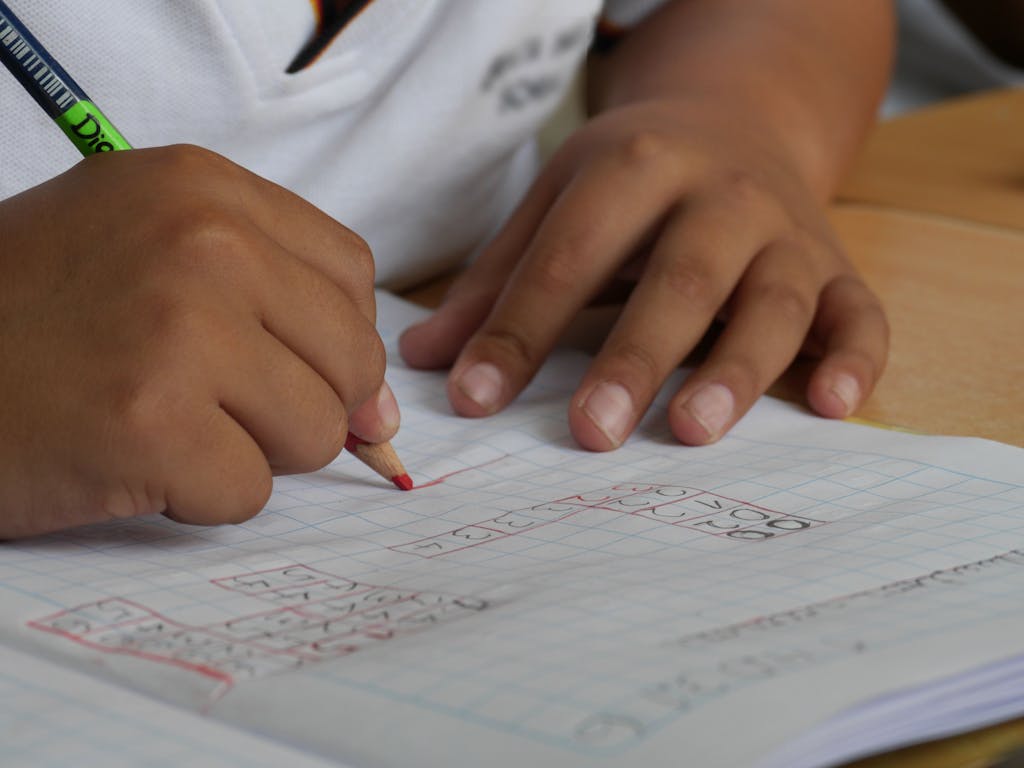When you research Common Core, or the ‘new math,’ it’s hard to find sources that don’t echo the sentiment that the new teaching method is better. Many of its proponents will argue that it’s superior because it’s more standardized and emphasizes showing work to foster deeper understanding.
But is this actually reflected in students’ performance? Have NAEP scores been increasing since the introduction of Common Core? According to this summary of NAEP scores over time, it’s not student proficiency that’s been rising, but rather the Below Basic rate for 8th grade math. The number of students who cannot demonstrate a basic understanding of general concepts has been steadily climbing since 2013. Common Core was adopted in North Carolina in, you guessed it, the 2012-2013 school year.
Consider this: In 2011, 40 percent of 4th graders and 35 percent of 8th graders scored at or above Proficient. By 2019, that number rose slightly to 41 percent for 4th graders, but dropped to 34 percent for 8th graders. This suggests the adoption of “new math” has had a minimal (if not downward) impact on performance. If anything, it creates hassle without really improving students’ understanding. And whatever small gains show up in 4th grade don’t seem to hold through 8th grade.
Not for anything, I was in 6th and 7th grade in 2013. I remember switching to Common Core textbooks and feeling as though the math I was learning the year prior made a lot more sense. At the same time, my younger siblings brought home exercises that my parents couldn’t dream of rationalizing. Where they had helped me with my homework only a year before, they asked me to help my siblings instead. Despite the fact that I had just learned the same subject, even I couldn’t prove useful—what I’d learned when I was their age was totally different. I’ll never forget the day my sister’s homework exercise was to draw a grid and write tallies in each square to solve a simple addition problem. To her benefit, I made sure she learned the math that I learned when I was in that grade. I did the same for my brother, and now he’s studying engineering in college.
It’s worth considering that the solution might not be changing what is taught. Instead, maybe we should look to altering the way it’s delivered to students. I, along with most of my peers, am much more likely to internalize mathematical concepts if I am encouraged to appreciate it for what it is, not forced to spend extra time drawing it out as a picture.

